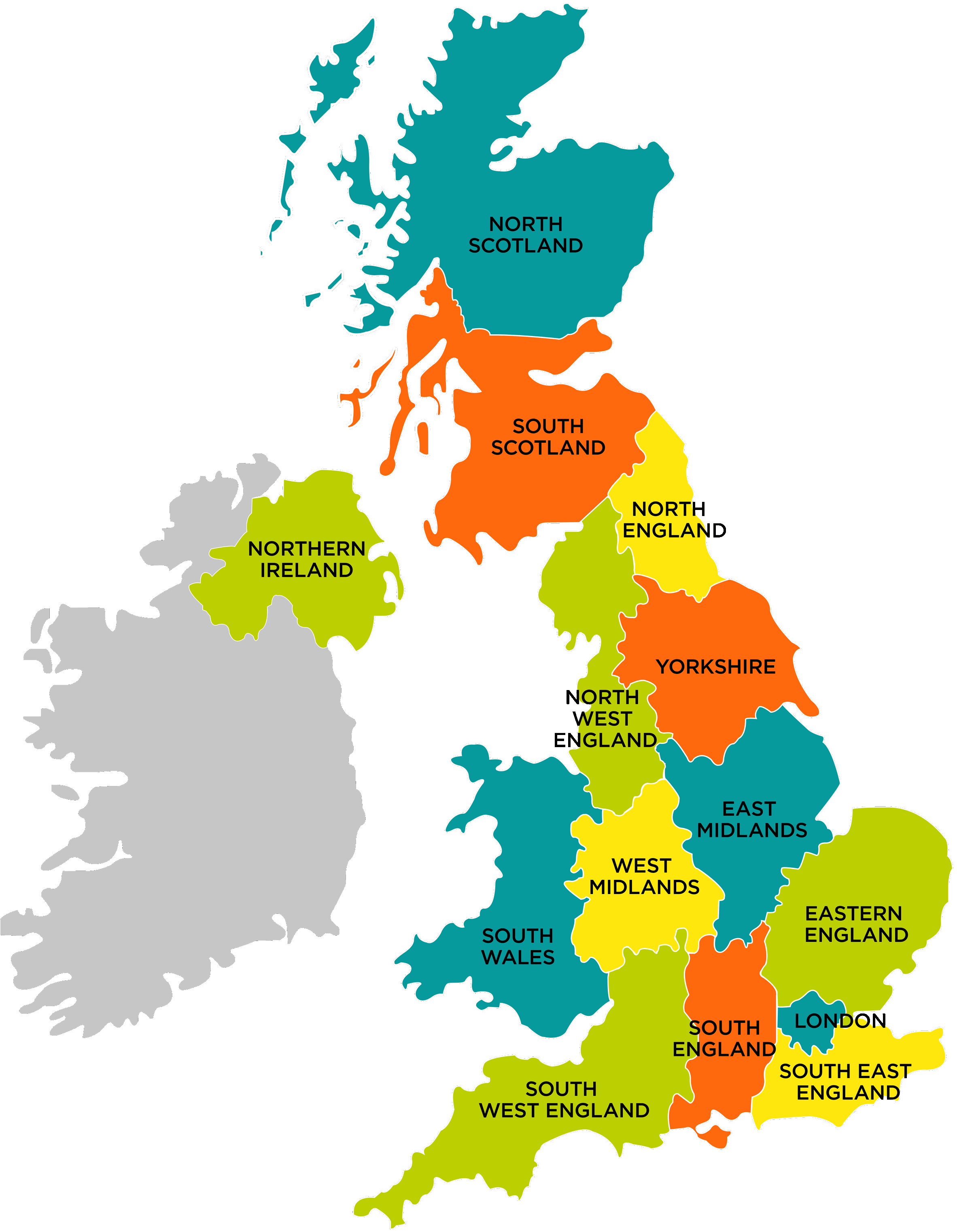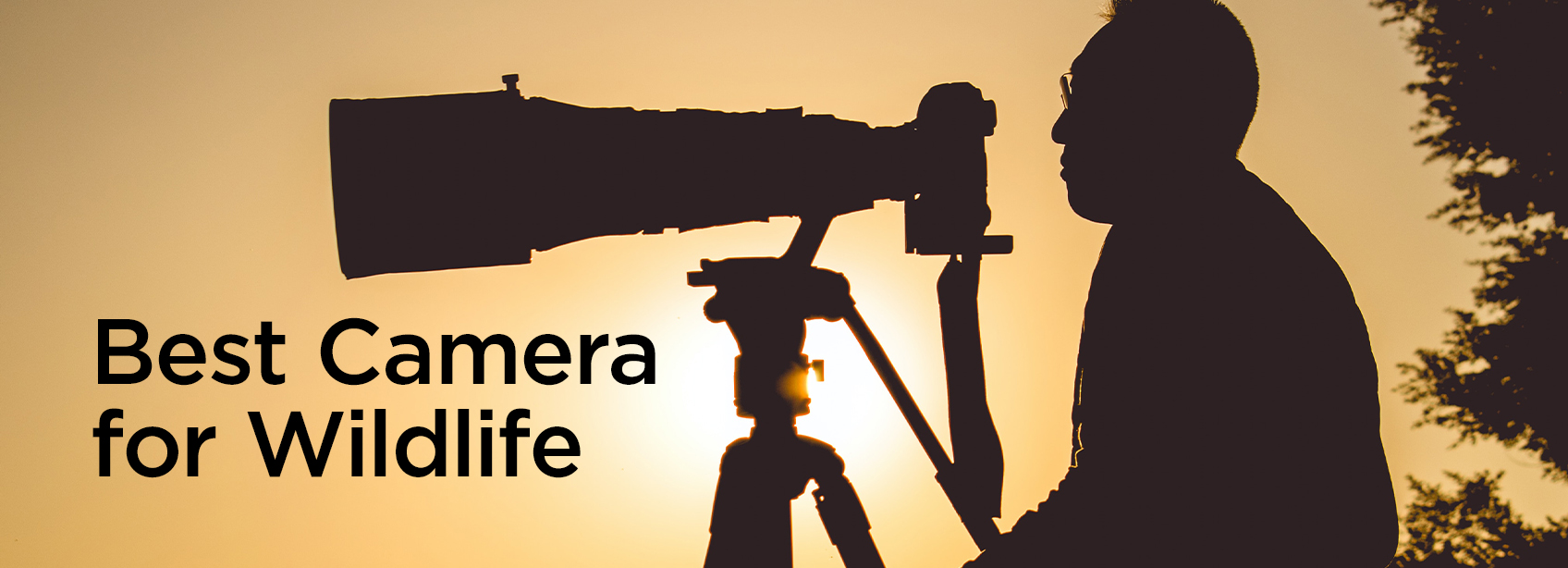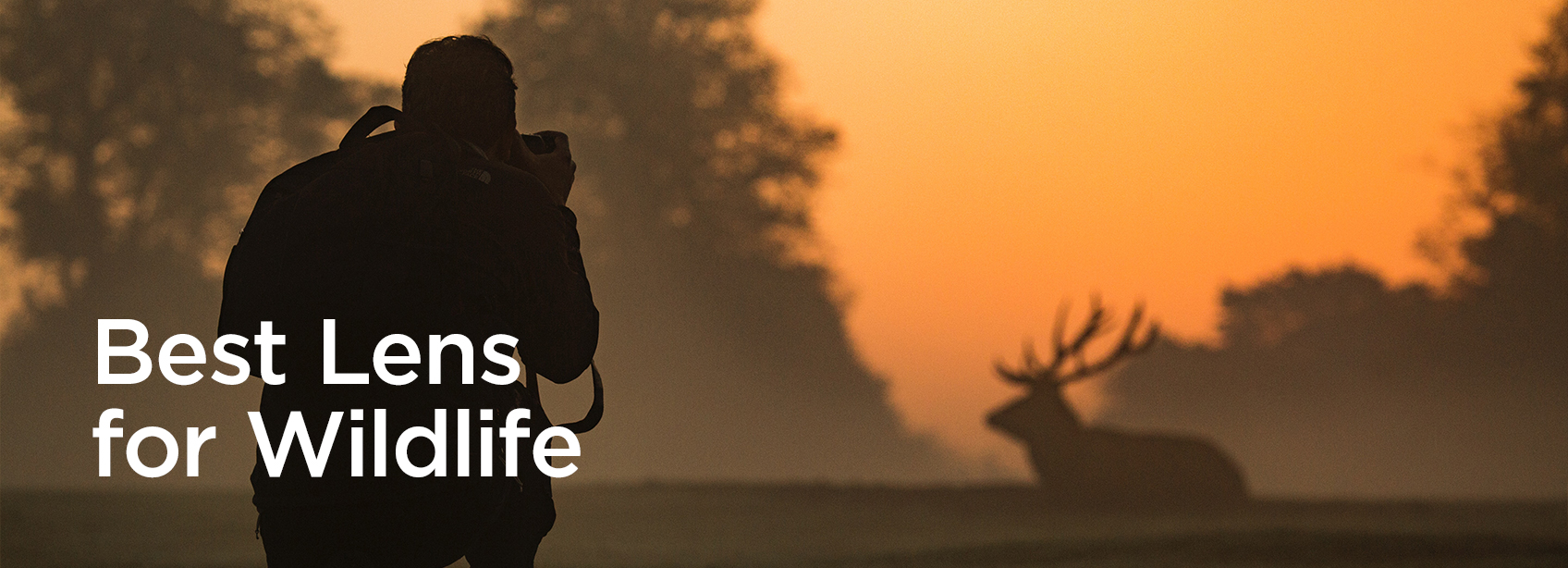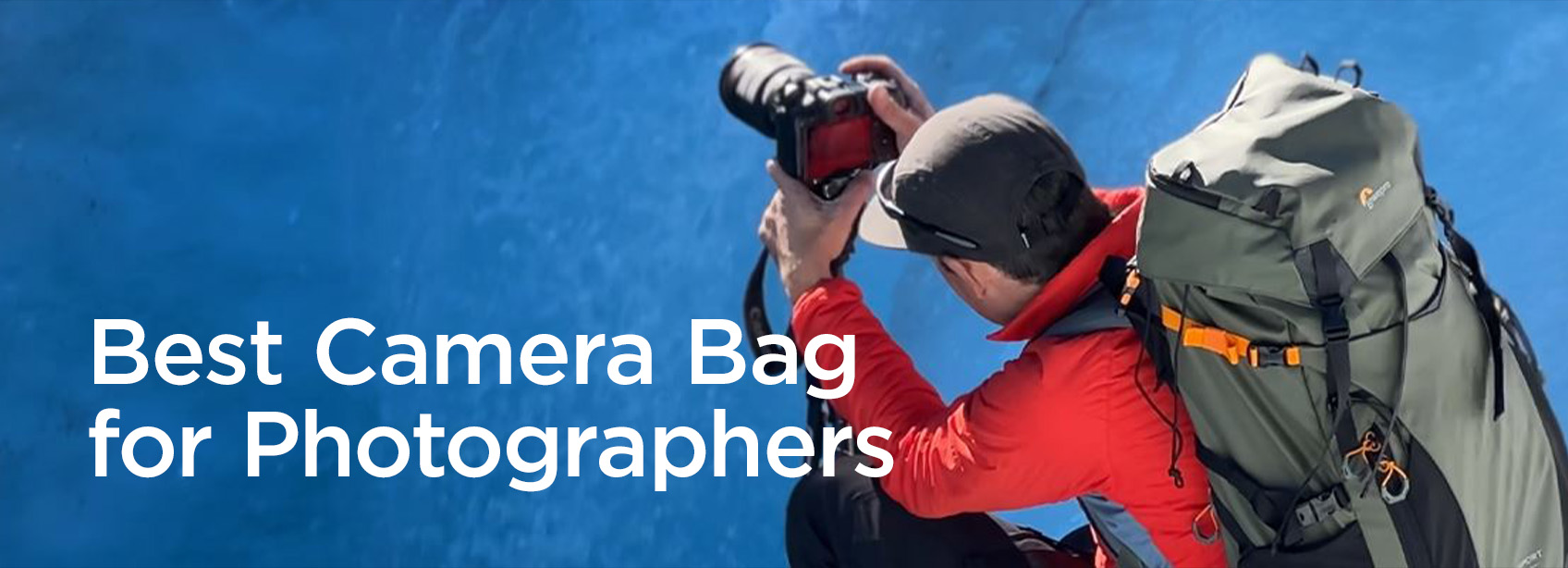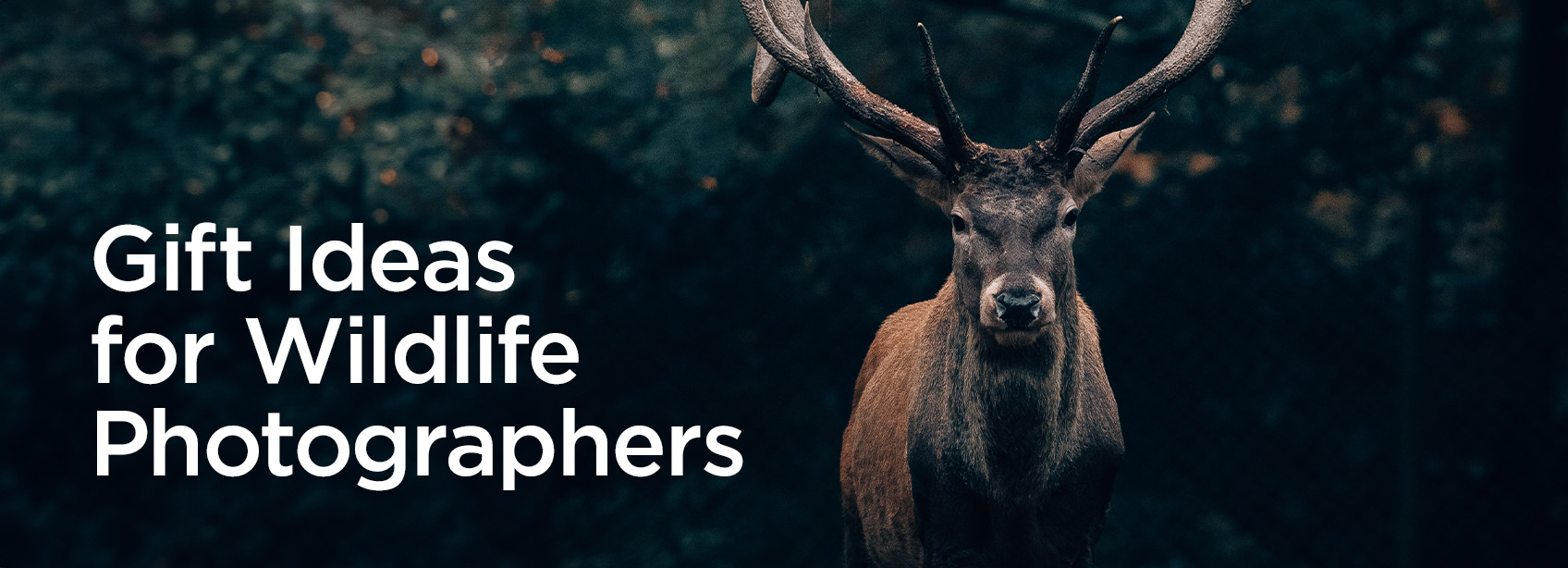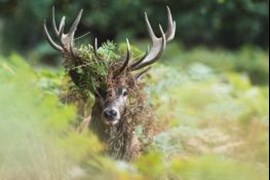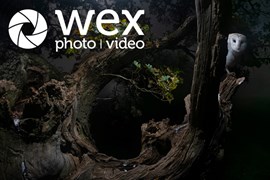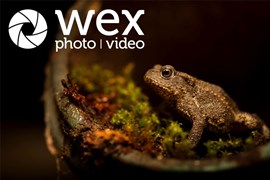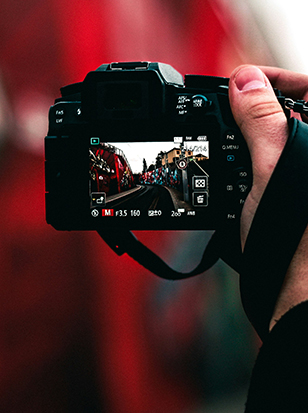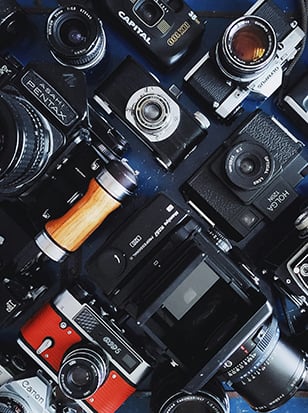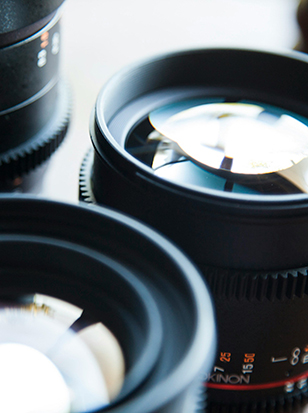
Welcome to our Wildlife Photography Calendar, where you can explore the amazing diversity of UK wildlife throughout the year.
Nature has an uncanny way of transforming with the seasons, and there is always something new and exciting to discover. From the common, but beautiful, Robin to majestic Orcas seen on the Scottish coast or the elusive Bittern, our calendar will take you through some of the most stunning animals and where to find them.
Use this page as a hub for all things wildlife photography; a place where you can find video tutorials, tips and tricks, interviews with professional wildlife photographers and related buying guides for all the best equipment.
Navigation
Wildlife Photography Calendar
There are all sorts of wildlife and natural events that happen throughout the year in the UK. Here, we asked professional wildlife photographer and former Wex Ambassador Tom Mason to give us some insight into what you can photograph throughout the year. While Tom's work has taken him across the globe, his true passion lies in the UK's local wildlife and fauna.
As with our interactive map, this, of course, is not an exhaustive list of the species you can photograph within the UK but a mere snapshot of some exciting photographic opportunities for each month of the year.
January
January signals the start of a new year, presenting a perfect opportunity for wildlife photography planning. While the post-Christmas lull may discourage some, it's an ideal time to explore captivating subjects, such as otters and rooks.
Embrace the winter landscape by observing otters, the UK's largest semi-aquatic mammals. With increased numbers due to improved water quality, otters offer year-round photographic opportunities. Look for them in various habitats, including rivers, lakes, and coastal areas. Early mornings and dusk are optimal times, but otters can be active throughout the day, especially during harsh weather conditions. Some top locations are Druridge Bay, Little Ouse River, RSPB Minsmere, Isle of Mull and Barnes Wetland Centre.
For those not near otter habitats, rooks provide an equally fascinating subject. Known for their communal nesting, rooks start nesting activities as early as January. Their intelligence and social behaviours make them captivating to observe and then photograph. The more you watch, the more fascinating they become.
For those not near otter habitats, rooks provide an equally fascinating subject. Known for their communal nesting, rooks start nesting activities as early as January. Their intelligence and social behaviours make them captivating to observe and then photograph. The more you watch, the more fascinating they become.
February
February brings about longer days and the first signs of spring. These annual changes make it an excellent time for wildlife photography. While there’s a wealth of new life to witness, three captivating birds take the show: short-eared owls, stonechats, and the adventurous ptarmigans.
The Short-eared Owl is a winter visitor that is more visible in February, especially in coastal grasslands and nature reserves. Optimal gear includes 300-600mm lenses, with tripods or monopods for stability. They’re best photographed when in low flight and performing hunting manoeuvres.
Stonechats are a charming bird species most commonly seen in grassland with wooded edges or coastal dunes. You’ll often hear their distinctive calls, at which point, it’s best to approach slowly and avoid sudden movements. Working with wider apertures will help with creating pleasing bokeh around the subject. Ideal locations include Richmond Park, RSPB Minsmere, Cley Marshes and Bradgate Park.
Ptarmigans are hardy grouse that inhabit high mountain slopes above 600 meters. They are ground feeders and are often seen in snow patches of vegetation. Safety is paramount when attempting to photograph them and because of their skittish nature, it’s best to shoot clean winter portraits with a long telephoto zoom. Remember to wrap up warm!
March
March is a thrilling time for UK wildlife photography, marked by the first signs of spring. It's an opportunity to shed layers, venture outdoors and witness two captivating subjects: brown hares and coastal waders.
The elegant brown hare, with their distinctive long ears and speedy sprints, marks the onset of the breeding season in March. The famous boxing matches unfold, providing excellent photo opportunities. Finding brown hares may require effort, with crops, woodlands, and hedge lines offering ideal habitats. Recommended locations include Elmley Marshes, Lyme Park, RSPB Havergate Island, RSPB Otmoor, and Wimpole.
March offers a mix of Coastal Wader activity along the UK coast. The small and energetic Sanderling provide dynamic and challenging shots and are generally unbothered by people. The Norfolk coast, especially Snettisham, offers something special. When the tide is right, you may witness tens of thousands of Waders flying in huge flocks, creating a stunning spectacle. Online birding timetables, like RSPB's, provide high-tide dates. Plan ahead for the trek to the hides, arrive early and bring a bean bag support to help you photograph captivating shots.
April
April heralds exciting opportunities for UK wildlife photography. As nature awakens, our gardens and woodlands become vibrant with flora and fauna. Whether in expansive woodlands or your local park, there are many chances to capture the essence of spring.
Venturing into woodlands, you'll witness a symphony of bird activity. The dawn chorus is at its peak, with various species adding their unique notes. Closer to home, you can engineer shots with pre-designed perches and clean backgrounds for polished images. Attract birds with feeders and water sources, employing movable feeder posts for versatility. Naturally, a longer lens is ideal as you can view your animal subjects without disturbing them.
April transforms woodlands with the magical carpet of bluebells. This ephemeral display is a photographic treasure. To capture the beauty of this annual event, you can use a wide-angle lens to encompass the vast stretches of blue. Or, use a longer lens to create a sense of depth among the flowers. Early morning or late afternoon provides soft, flattering light, enhancing the ethereal beauty of the bluebell woods.
Wetlands and ponds teem with life as amphibians and waterfowl all gather for their annual breeding extravaganza. April, however, comes with its challenges. Unpredictable weather demands preparedness with waterproof gear. Mornings can be brisk, so showers are expected. But of course, these challenges offer yet more photographic opportunities.
May
May unfolds with flourishing wildlife photography opportunities. The landscape transforms with the hawthorn in full bloom, accompanied by the melodious symphony of birdsong and the gentle hum of insects. Swallows and swifts, returning from their journeys, add a touch of grace to our gardens, creating lively scenes for avid photographers.
Dive into the intricate world of macro photography, where even limited spaces unveil a wealth of possibilities. Gardens become vibrant ecosystems, teeming with butterflies, bees, and bugs — a perfect setting for a captivating photoshoot. If you don’t have a macro lens, you can still use a standard or telephoto lens and even use reversing rings for higher magnification. Lighting takes centre stage in macro photography. It’s a good idea to use modifiers such as reflectors or diffusers with a flash to manipulate and enhance the nuances of these miniature subjects.
Capturing wide-angle wildlife imagery is another avenue of creativity. Experiment with remote shooting techniques, using wireless releases or smartphone apps for controlled compositions. Strategic camera placement near areas of consistent wildlife activity is key. When working with wide-angle lenses, manually focusing within the aperture range of f8 to f11, ensures sufficient depth of field and pin-sharp focus.
May's local wildlife presents multiple opportunities for photography enthusiasts. From ladybirds, slow worms and flowering plants, you won’t be stuck for capturing unique and captivating images.
June
As the UK embraces longer daylight hours, there's ample opportunity for capturing compelling images from dawn to dusk. Insects are plentiful and birds and mammals are basking in the sunshine.
Capture the serenity of dawn with insects in focus. Damselflies, butterflies, and moths adorn local waterways. Use a macro lens (at least 100mm) or a telephoto with extension tubes. Early mornings are ideal; cooler temperatures keep insects still. Watch your step, and use a reflector to balance harsh morning light for striking images.
Witness kingfishers by the river at sunrise, a perfect time for these vibrant birds. Binoculars aid in spotting, and patience is key. Use a hide for concealment, and set up near known perches. A longer lens (300mm or more) is necessary for close-ups.
Use quiet afternoons to explore urban areas for challenging subjects like swallows, swifts, house martins, or starlings. A shorter focal length (70-200mm) works well for more approachable urban subjects, offering compositional diversity.
As the sun sets into night time, engage with nocturnal creatures. Active badgers with cubs can be spotted well before dark. Position yourself downwind, wear subtle colours, and use a camouflage net. Telephoto lenses like a 300mm f2.8 work best. Consider remote cameras for unique perspectives. Barn owls, busy breeding, are visible over rough grassland. Listen for their call and position yourself ahead of time.
July
July unfolds unique photographic opportunities despite a potential drop in wildlife activity. It is a vibrant month in the UK summer, offering diverse wildlife photography opportunities that perhaps require a little more time and attention.
As summer matures, warblers grace the UK with their presence. Local nature reserves become havens for these migratory birds. Patience is key; understanding their habitat helps in spotting them. Use binoculars for scanning, and use a bird hide for better shots. With their small, flighty nature, a 400mm focal length or more is advisable. A faster shutter speed (1/1000 sec or above) ensures sharp images, and the summer sun allows for lower ISO settings.
Summer's true sign is the elegant terns along the UK's shores. Common and Arctic terns present captivating photography opportunities. Capture them in flight, showcasing their swift movements. Use a tight group focus for precision, and be mindful of overexposure due to their white feathers. Explore canals, waterways, or coastal areas for a fulfilling day of tern photography.
Little owls are scattered throughout the UK. Spot them in varied habitats like arable lowland, ancient oak woodlands, or urban scrubland. Mornings and evenings offer optimal viewing times. Set up a hide for patient observation, and a full-frame camera with good ISO performance paired with a telephoto lens is ideal. As the light fades, adapt to capture different styles, including wide-angle shots with remote triggers.
August
August brings a shift from summer to autumn, offering diverse wildlife photography opportunities. Celebrate the transition of seasons and the richness of wildlife photography in diverse habitats across the UK.
Capture the charm of water voles, arguably the cutest UK mammals. With their population recovering, these creatures can be found along rivers, canals, and reed beds. Look for signs like angled grass and the distinct "plop" sound when they jump into the water. Mornings and evenings offer prime shooting times, and bright overcast days reduce harsh shadows. Using a telephoto lens such as a 200-300mm lens is ideal for keeping distance without disturbing them.
Explore the UK's coastline and beaches for sand martins. Agile in flight, these birds showcase fast banking flights, providing a challenge for photographers. High shutter speeds (1/2000sec or above) are essential to freeze their swift movements. Position yourself on the ground for tolerant ground shots, using f8 aperture for better focus. A focal range of 300mm-500mm works well, balancing reach and consistency in capturing birds in flight.
Even if confined closer to home, the garden and local outdoor spaces offer shooting potential in August. Use a macro lens to discover miniature life, from grasshoppers to ladybirds. Explore bushes and hedges for breeding smaller birds with fledglings, providing close-up photography opportunities. .
September
September brings a wealth of exciting wildlife photography opportunities in the UK. As autumn unfolds, the changing landscape and wildlife behaviours create a magical atmosphere. With softer, lower light and shorter days, it's an ideal time to explore!
Known for their characteristic hovering, kestrels offer captivating aerial displays. In September, windy days provide excellent chances to observe these birds in flight. Once on the wing, kestrels can be easier to photograph, often staying still for several seconds. To approach them, find regular perches like fence posts or branches and use concealment techniques. A hide, parked car, or scrim net can aid in comfort during stakeouts.
As summer ends, shorebirds migrate south, offering fantastic photographic opportunities on UK beaches. To capture them, get low and maintain a wide berth to avoid disturbance. Using a beanbag on an upturned frisbee facilitates movement on sand. Prosumer-level superzoom lenses work well, and due to the low angle, even smaller apertures can create pleasing backgrounds. Patience is essential, allowing you to edge forward slowly or let the birds approach. Consider using a vari-angle screen or a right-angled finder to alleviate neck strain during prolonged shoots.
With winter approaching, hedgehogs become active in search of food before hibernation. Help these declining creatures by leaving dog or cat food and a dish of water in your garden. Photographing hedgehogs at night requires patience and slow movements. Using a patio light or diffused flash can enhance your images, and consider providing a hedgehog house and cutting holes in your garden fence to aid their movement. This small effort contributes to their conservation.
October
October in the UK heralds a vibrant canvas for wildlife photography, offering diverse subjects in the midst of seasonal changes. The unpredictable weather adds an element of challenge and excitement so be prepared for sudden changes, and embrace the opportunity to capture the dynamic and ever-evolving beauty of UK wildlife during this autumn month.
As autumn unfolds, woodlands and meadows transform into a fungal wonderland. October is prime time for photographing mushrooms and other fungi. Explore local woodlands, parks, or even your garden to discover an array of shapes and colours. Get down to eye level for an intimate perspective, capturing the intricate details and delicate beauty of these often-overlooked organisms.
One of the highlights of October is the deer rut, a captivating spectacle of nature. Head to local deer parks or woodlands to witness and photograph the impressive displays of strength and dominance as stags compete for mates. Using a telephoto lens helps you maintain a safe distance while still capturing the intensity of these encounters. Early mornings and late afternoons provide soft, warm light, enhancing the atmosphere of this autumn ritual.
October also marks the peak of bird migration in the UK. Coastal areas become hotspots for capturing the movement of various bird species. Look for flocks of geese, ducks, and waders. Patience is key; set up near their flight paths and use a long lens to capture the details of their journey. Research local birding hotspots or nature reserves to maximize your chances of witnessing these migratory marvels.
The changing foliage during October creates stunning landscapes. Head to local parks, forests, or lakeshores to capture the warm hues of autumn. Experiment with compositions, incorporating reflections in water or framing vibrant leaves against a backdrop of mist. Be sure to use a tripod for stability, especially in low-light conditions.
November
November offers an abundance of local wildlife photography opportunities. While there are locations further afield, if travelling isn’t an option, you can embrace the three-kilometre radius around your home for consistent shooting practice and skill development.
Explore the fascinating world of spiders as a macro project. Daddy long-legs spiders, often found indoors or in corners, make compelling subjects. You can play with strategic flash use, positioning it behind the spider for creative effects. Or experiment with gels to add a spooky touch. In the garden, observe orb-weaver spiders on plants and zebra jumping spiders on brickwork. Dewy mornings present unique web patterns.
Pray for snow and prepare for winter wildlife photography. Start feeding birds in your garden early to attract subjects later on - it can help to employ additional perches for varied compositions. When adjusting exposure for snowy conditions, it’s good practice to overexposure +2/3 stops to ensure white snow. Telephoto lenses (200mm-600mm) are ideal for close-up snowy shots - you’ll be surprised at the level of detail you can capture.
This time of the year opens opportunities for abstract photography by focusing on line, shape, form, and colour in nature. Look for layered patterns in leaves or bare trees, experimenting with positions and focal lengths. Water reflections provide abstract opportunities, particularly in coastal areas, ponds, or rivers. Mix styles by composing an abstract frame and waiting for a prominent subject to emerge.
December
Despite the cold and dark, there are lots of opportunities to reconnect with local wildlife in December. Consider observing red kites; once on the brink of extinction, they now are thriving in various regions. Look for them near arable land and roads, especially when feeding.
Waxwings, with their stunning appearance, can be found in supermarket car parks, attracted by rowan trees. Keep an eye on local bird groups for sightings, and use telephoto lenses for close-up shots, focusing on clean backgrounds and foreground foliage.
Be on the lookout for the mesmerising spectacle of starling murmurations in various locations like RSPB Minsmere and Battersea Bridge. You may need multiple visits to understand roosting patterns but once you’ve learned them, you’ll be in for a photographic treat. Choose clear, calm days for the best photographic conditions. Use tripods and experiment with shutter speeds to capture the dynamic movements of the birds.
Again, long for those snowy days that offer all sorts of photographic opportunities. From perching barn owls to the classic winter robin, macro snowflakes and snow angels; there’s an incredible number of snow scenes to capture.
Embrace local projects, as investing time in familiar surroundings can enhance creative skills. Prioritise meaningful connections with your local animal or plant subjects and location, over the allure of distant locations. Try to recognise that proximity and dedication often result in compelling images.
Related Buying Guides
Wildlife Tips and Tricks
Remember, wildlife photography requires practice and persistence. Be prepared for unexpected moments and embrace the unique opportunities that each encounter with wildlife presents. But you can take steps to make your life easier. Here are ten top tips for wildlife photography!
Research and Location
Familiarise yourself with local wildlife and their habitats. Research the best locations and times of the year to find specific species.
Patience is everything
Wildlife photography often requires a great deal of patience. Be prepared to spend extended periods waiting quietly for the right moment.
Use the right equipment
Invest in a good telephoto lens to get close-up shots without disturbing the animals. A sturdy tripod can also be beneficial, especially in low-light conditions.
Learn animal behaviour
Learn about the behaviour of the species you want to photograph. Understanding their habits will help you anticipate their movements and capture more natural shots.
Blend in and be quiet
Wear neutral-coloured clothing to blend into the surroundings. Move slowly and avoid sudden movements or loud noises that could startle the wildlife.
Morning and evening
Early morning and late evening often provide the best lighting conditions for wildlife photography. The soft, warm light during these times can enhance your images.
Mind the background
Pay attention to the background of your shots. A cluttered or distracting background can take away from the beauty of the wildlife. Use a wide aperture to blur the background if necessary.
Capture action shots
Be ready for action shots by using a fast shutter speed. Wildlife can be unpredictable, so having your camera set up for quick shots is crucial.
Play with composition
Play with composition to create visually interesting and dynamic shots. Use the rule of thirds, experiment with different angles, and don't be afraid to try unconventional framing.
Respect the wildlife
Always prioritise the well-being of the animals. Keep a safe distance, avoid disturbing their natural behaviour, and follow any guidelines or regulations in place for wildlife photography in specific areas.
FAQs
What is wildlife photography?
Wildlife photography is the art of capturing photographs of wild animals and their natural habitats. It requires skill, patience, and a good understanding of animal behaviour to capture the perfect shot.
What equipment is needed for wildlife photography?
A camera with a fast autofocus system, a telephoto lens, a tripod, and a camera bag are essential for wildlife photography. Additionally, binoculars, a remote shutter release, and a flash may also be useful.
Where can I find opportunities for wildlife photography?
Wildlife can be found in a variety of settings, including national parks, wildlife reserves, zoos, and even in your own garden. Researching the animals you want to photograph and their natural habitats can help you locate the best places to take photos.
What are some tips for getting the best wildlife photos?
Patience and persistence are key in wildlife photography. Understanding animal behaviour and habits can help you anticipate their movements and get the perfect shot. Also, try to shoot during the golden hours of sunrise and sunset when the light is soft and warm.
Is it ethical to photograph wildlife?
Yes, it can be ethical to photograph wildlife as long as you do not disturb or harm the animals in any way. It is important to follow ethical guidelines and respect the animals and their habitats e.g. do not alter an animal’s environment.
How can I improve my wildlife photography skills?
Practice. Spend time studying and learning about animal behaviour and photography techniques. Experiment with different settings and techniques to find what works best for you. Joining a photography group or taking a workshop can also be helpful.
What are some common mistakes to avoid in wildlife photography?
Getting too close to the animals, using a slow shutter speed, not paying attention to the background, and not considering the light conditions.

